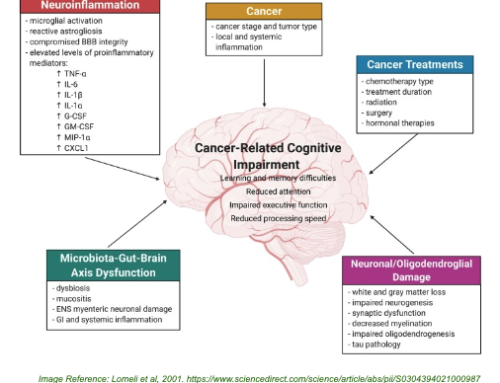For the last decade, healthcare has been enraptured with technological and pharmaceutical innovation as a path to enhanced models of care. Now Stepped Care is offering an evidence-based, phased system consisting of a spectrum of interventions, ranging from the least intensive through to the most intensive, targeted to an individual’s needs.
The objective behind adapting healthcare support to reflect a stepped care approach is to deliver the right level of treatment for a patient’s needs, at the time they require their treatment.
Core Components of A Stepped Care Support Model
A four-stage stepped care approach to mental health service provision involves the following four core elements:
- Clustering Australia’s population into a series of ‘needs groups,’ spanning community-wide gap around mental health issue promotion and prevention options, through to patients with chronic, complex and persistent mental health conditions
- Establishing a portfolio of graduated potential interventions for each population group to build flexibility into the intervention strategy
- Identifying a comprehensive ‘menu’ of evidence-based service delivery approaches needed to respond to the full spectrum of patient needs
- Matching service delivery modes to the treatment models aligned to each needs group and either commissioning delivering treatment services.
In a stepped care approach, an individual encountering the mental health system is matched to the level of intervention that most closely reflects their current needs.

While the population may be clustered into ‘needs groups,’ a prospective patient is not usually mandated to enter at the lowest, least intensive intervention level in order to progress to the next ‘stage’. Instead, they simply enter the system and their service level is adjusted to reflect their individual requirements.
What A Stepped Care Approach Means For Patients With A Mental Illness
A stepped care approach promotes patient-centric care, which targets the individual’s needs rather than the system’s parameters. In place of a one-size-fits-all philosophy for patient care, individuals are more likely to enjoy a targeted service designed to match their needs.
Moreover, stepped care treatment models eliminate the majority of both over-servicing and under-servicing while making more effective use of the healthcare workforce and technology.
A stepped care model also incorporates an early intervention philosophy, providing the right service at the right time. This uses lower intensity stages to support individuals prior to their illness manifesting.
Similarly, stepped care service models do not prevent a patient from accessing more than one service option at a time, assuming the treatment is clinically appropriate and falls within program parameters.
Carer And Patient Participation In Stepped Care
One of the more progressive aspects of the stepped care-based models of care is its embrace of participation by prospective patients and carers. This involvement is encouraged by including third-party engagement nodes in the design, delivery and oversight of the stepped care approach to mental health services.
Recognition of the value realized by this wider participation strategy is further supported through the availability of greater information resources.
Combining a service delivery strategy with improved information availability is intended to ensure the services meet the needs of community members suffering from a mental illness.
Just as previous efficiency-oriented one size fits all approaches to mental health service delivery has proven to be undesirable from both a patient and a carer perspective, a uniform approach to community participation is similarly unlikely to identify different needs of patients and the most appropriate way of targeting services to reflect those requirements.
General Practitioners Within A Stepped Care Service Model
As with most aspects of Australia’s healthcare system, general practitioners (GPs) play a critical role in a stepped care-based strategy. GPs are inevitably the first point of clinical contact for patients seeking assistance with their mental health.
GPs also act as gatekeepers to access other healthcare service providers. Access to most primary mental health services will continue to need a referral from a GP. Low-intensity services may be accessed via alternative paths such as self-referral, or some groups such as young people, who may need broader referral arrangement to avoid system barriers precluding their gaining care.
Final Observation
The stepped care concept is a sensibly patient-centric approach. At its heart, stepped care is anchored on the principle that a patient’s mental healthcare needs should determine the intensity of their treatment and the models of care they access. For all healthcare professionals, carers and patients engaged in a stepped care mental health system, however, strong advocacy and engagement are needed to raise awareness around the value to the community of their role of in a stepped-care model.
To find out how we can support your healthcare needs, register for an individual session here: https://valionhealth.com.au/contact/



